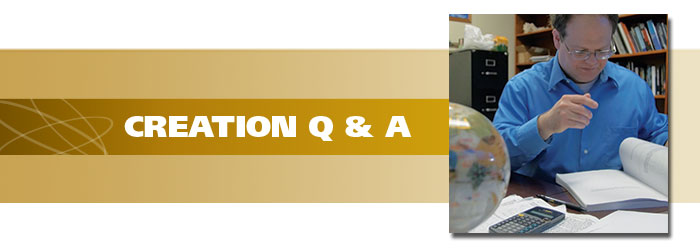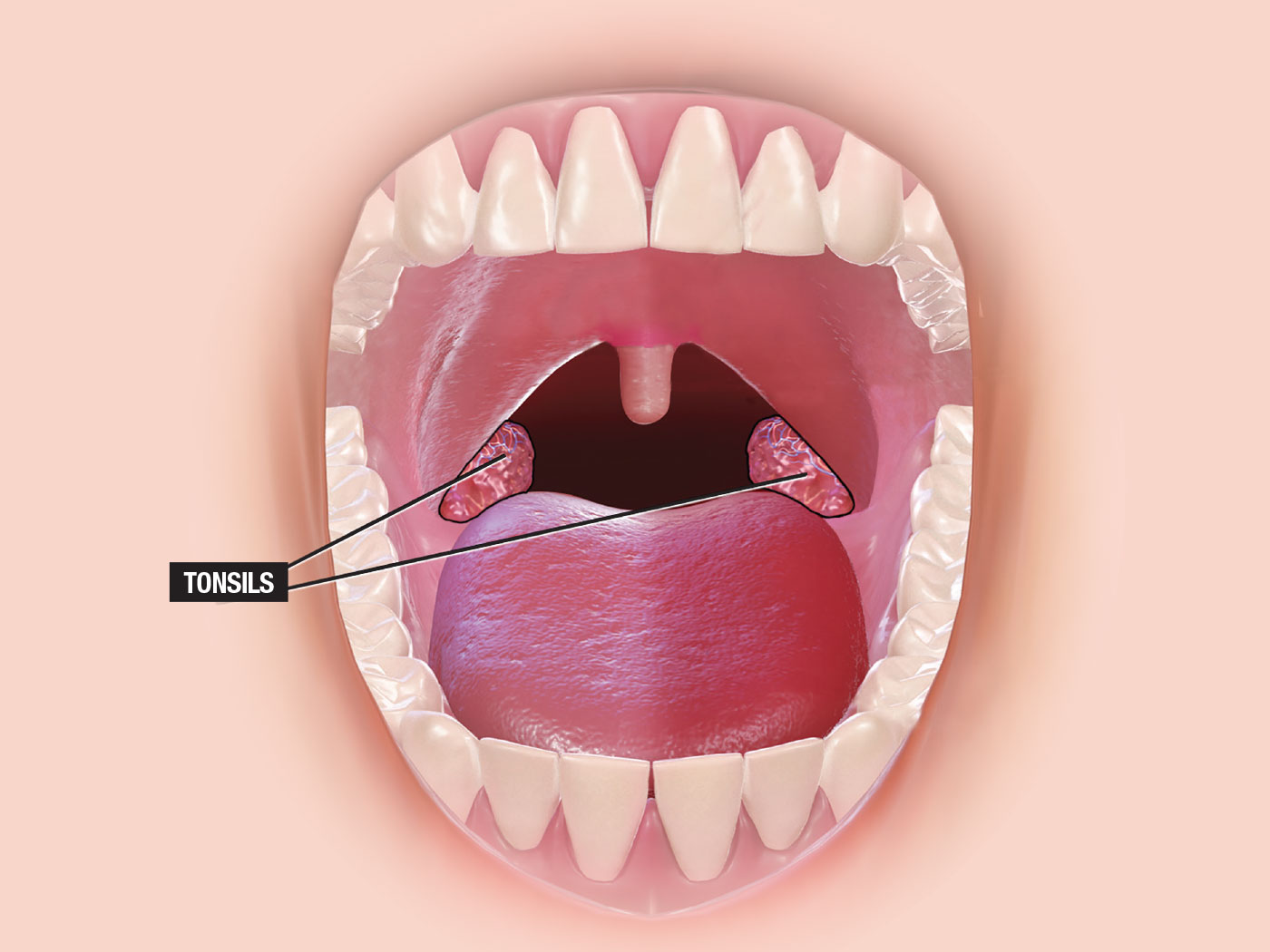Emergency brakes are an important safety component in elevators. In a dangerous episode, such as an earthquake, these brakes activate and stop the elevator from moving, keeping the passengers inside from plunging to the bottom floor.
Human brains also have an ingenious “brake” system. Discovered by University of Oslo researcher Johan Storm, these remarkable systems within brain cells restrict the inflow of calcium ions from the cell’s fluid surroundings, an action that could save cells during trauma. Precise cellular calcium levels are integral to neuron function, and stressful situations like strokes can disrupt the calcium balance.
Professor Storm confirmed the effects in mice of the seldom-used “BK channels” found on brain cell membranes that communicate with the constantly-used calcium channels. If BK channels were not typically closed, ions would leak through them, disrupting the cell’s primary functions. In fact, “a mutation causing the BK channels to open more often than they normally do may cause epilepsy.”1
A University of Oslo news release described the brain’s emergency brakes as “ingenious,” “smart,” “essential,” “advanced,” and “wisely constructed.” However, it claimed that the brakes are “the result of an evolution that has gone on for more than two billion years,”1 since other organisms such as fruit flies and frogs contain these cell membrane channels. But the presence of BK channels in different organisms does not require an evolutionary interpretation because an intelligent Creator could and would have placed these little lifesavers in many of His creatures, precisely because they work well.
Human brains are far too well-formed to be products of cosmic accident. It makes more sense that these are “ingenious” and “advanced” products of an ingenious and advanced Creator, rather than of undirected natural and randomizing processes.
Reference
- Vogt, Y. New knowledge on the brain: An emergency brake in the brain. University of Oslo, press release, December 3, 2008.
* Mr. Thomas is Science Writer.
Article posted on December 10, 2008.












